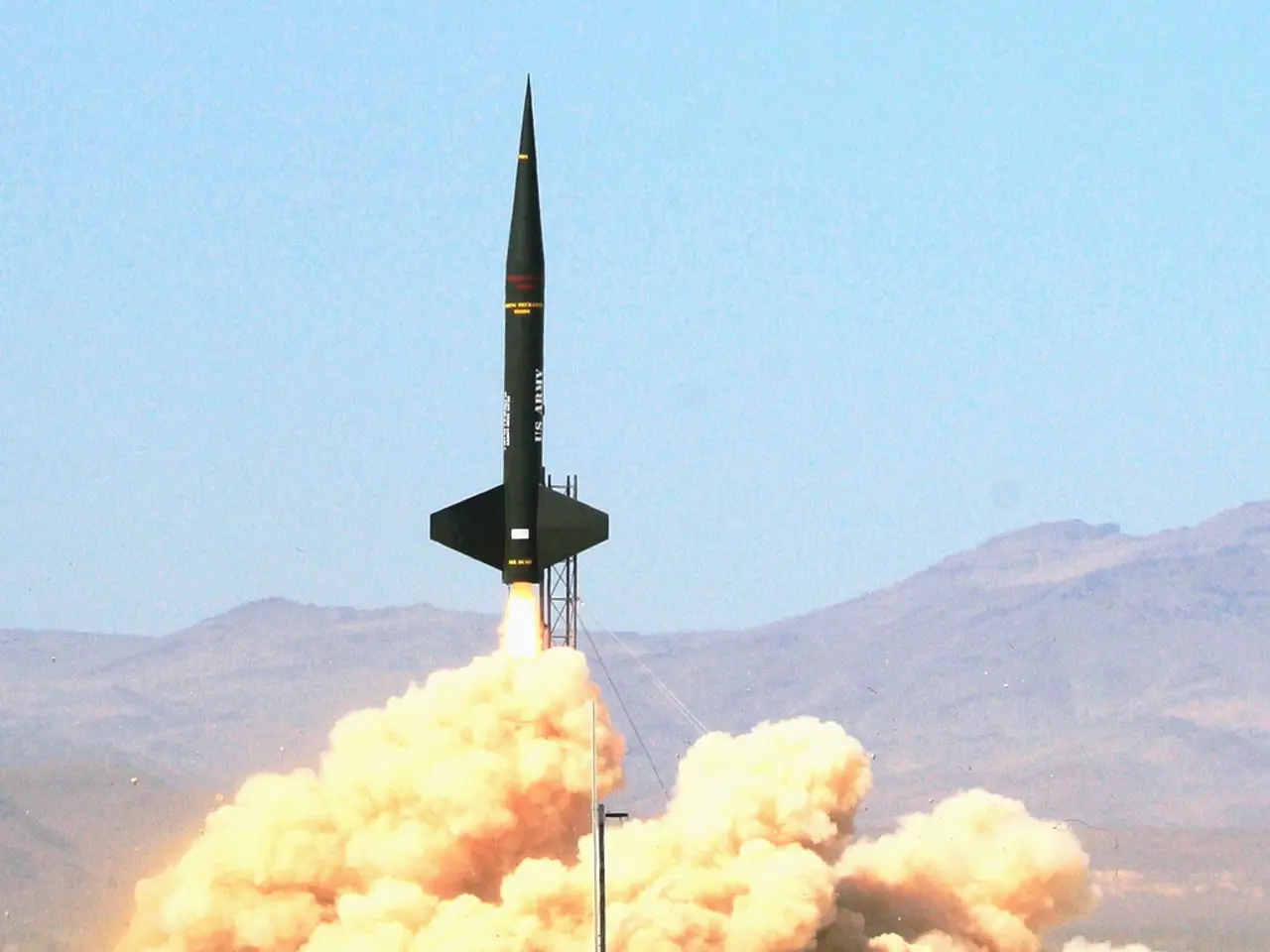Exploring the Leadership Contingency Theory: Crucial Understandings and Practical Applications
Contingency Theory of Leadership: A Comprehensive Approach to Leadership Effectiveness
The Contingency Theory of Leadership advocates for an adaptable approach to leadership, recognizing that the success of a leader is contingent on various factors. Developed by Fred Fiedler, this theory emphasizes that an effective leadership style should be tailored to fit the situation at hand.
Overview of the Contingency Model
The core belief beneath this model is that there is no universally ideal leadership style. Instead, the leader's approach must align with the exigencies of the given situation to ensure success. According to Fiedler, leadership effectiveness hinges on the compatibility between a leader's style and the current circumstances. This model highlights factors such as task, leader-team dynamics, and task structure as determinants of leadership efficiency.
Key Principles of Fiedler's Model
Fiedler identified two primary types of leaders: task-oriented leaders and relationship-oriented leaders. The Contingency Theory of Leadership posits that the efficacy of each style will depend on the situation in question.
Task-oriented leaders are particularly effective when faced with high or low control situations. In situations characterized by high control, they excel due to their focused approach to task completion. Conversely, relationship-oriented leaders thrive in moderately controlled environments, utilizing their strong focus on interpersonal relationships to build trust and maintain team cohesion. Notably, these leadership styles are considered fixed, with leaders manifesting a preference for either tasks or relationships.
Importance of Situational Factors
The Contingency Theory of Leadership underscores the importance of situational factors in determining leadership effectiveness. Specifically, it highlights that the nature of the task and the characteristics of the team are essential for determining the optimal leadership style. Additionally, this approach stresses the significance of a leader's ability to adjust their style depending on the dynamic environmental and team variables they encounter.
In essence, a leader's prowess lies not solely in their personality traits but in their ability to adapt their leadership approach to the specific context at hand. By being able to identify leadership styles that work best in various situations, one can ensure successful outcomes. One notable complementary theory in this regard is the Path-Goal theory, which emphasizes the need for leaders to tailor their approaches to meet the needs of their followers and the task at hand, thus enhancing alignment and leadership effectiveness.
In essence, the Contingency Theory of Leadership suggests that no single style is universally effective and that successful leadership depends on flexibility, adaptability, and a keen understanding of the given circumstances.
Application of the Contingency Model: Task Structure and Leadership Style
The Contingency Theory of Leadership stresses that effective leadership arises through the alignment of leadership style with situational factors. Fiedler's theory regarding contingency posits that a leader's effectiveness is contingent on their style of leadership (i.e., task-oriented or relationship-oriented) and the situation they face.
In structured situations with clear goals and tasks, task-oriented leadership is most appropriate, allowing leaders to effectively manage tasks and achieve optimal results. Conversely, in unstructured situations requiring high levels of team interaction, relationship-oriented leadership is more effective since it emphasizes team collaboration and harmony. Leader's early determination of their leadership style is crucial in helping them manage challenges effectively, as leadership style is considered relatively fixed.
Position Power and Leadership Effectiveness
Fiedler's model emphasizes the role of position power, which refers to a leader's authority and control over resources, decision-making, and team dynamics. Position power is critical in determining a leader's ability to influence and guide their team effectively. The theory holds that leaders with high position power are more likely to exert control and influence during situations characterized by high task structure and clear objectives.
Critics
While the Contingency Theory of Leadership provides valuable insights into leadership effectiveness, some criticisms have emerged. One major criticism is that the theory proposes a fixed leadership style, which may make it challenging for some leaders to adapt to new or unfamiliar situations. Additionally, critics argue that the Contingency Theory of Leadership places too much emphasis on a leader's natural style without considering how continuous learning and development can help adapt leadership approaches.
In summary, the Contingency Theory of Leadership enhances leadership effectiveness by emphasizing the need for a tailored leadership style that caters to the unique demands of each situation. This theory teaches leaders to adapt, assess their environment, and continuously develop their skills to address the varying challenges faced in a dynamic leadership landscape.
The Contingency Theory of Leadership suggests that a leader's effectiveness depends on their ability to adapt their leadership style to the specific situational factors, such as task structure and leader-team dynamics. In structured situations with clear goals, a task-oriented leadership style is more appropriate, while in unstructured situations requiring high team interaction, a relationship-oriented leadership style is more effective. The theory also emphasizes the role of position power, but critics argue that the theory's proposed fixed leadership style may limit a leader's adaptability in unfamiliar situations.
In order to ensure successful outcomes, a leader should not only understand their preferred leadership style but also be able to adjust it according to the business requirements and finance needs, demonstrating effective leadership skills in various business scenarios.




